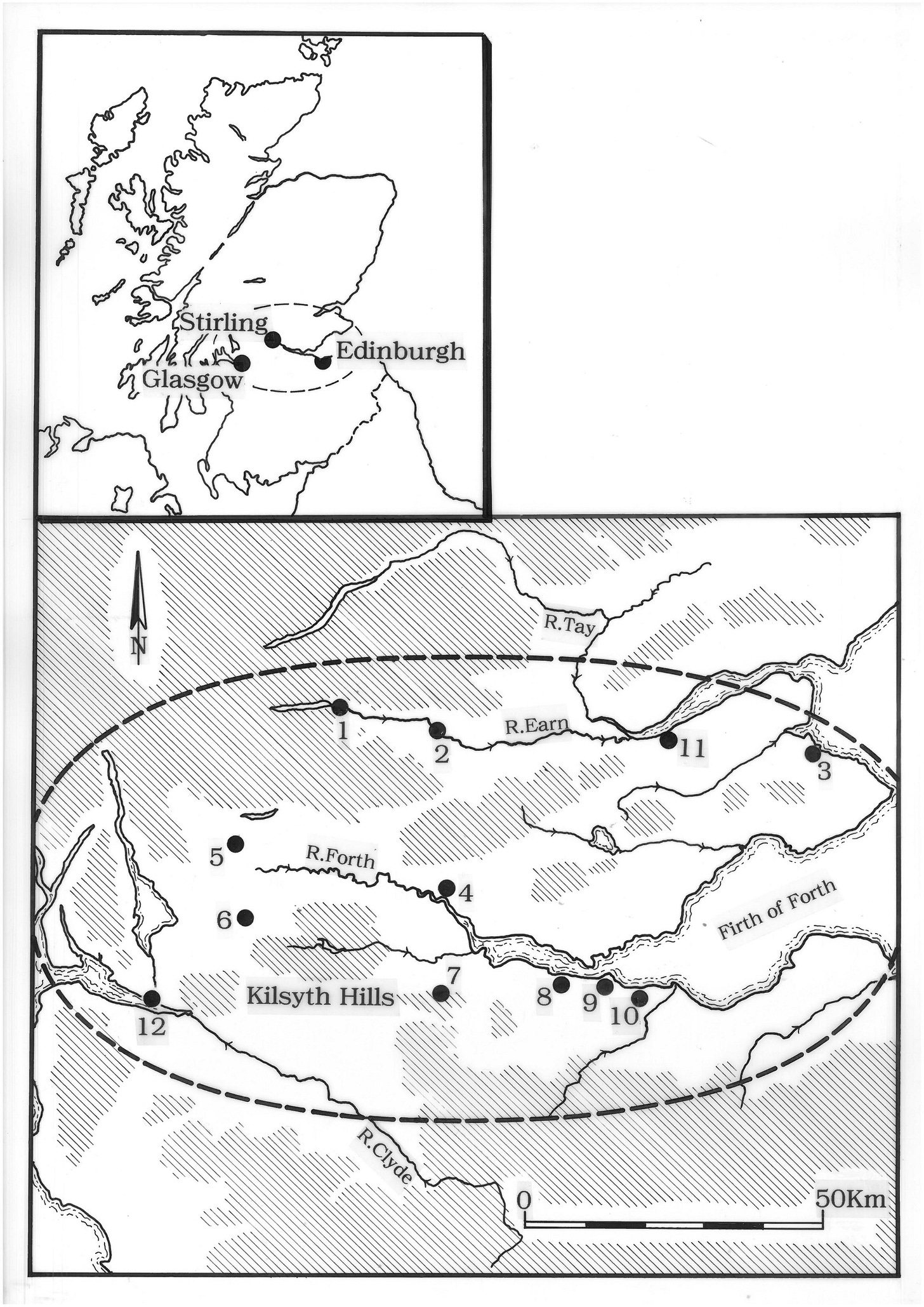A version of this article was published in the Stirling Observer.
You of course know that The Observer doesn’t just cover city, it reports the wider region, which is strictly called The District of Stirling Council (what a mouthful!). This is different to Stirlingshire, so for example Doune and Callander are in both Perthshire and Stirling Council District. The earliest reference to the Shire of Stirling is from a charter of Alexander I who died in the castle in 1124. The shire or soke, was land directly controlled by the royal family and stretched to Falkirk. Remember Alexander’s dad, Malcolm III was the king who likely added Stirling to Scotland, so its likely that they wanted direct control of the Forth crossing.
However, Stirling sat in the middle of an older place, perhaps even once an independent kingdom: Manau. The man- of Manau is probably Gaelic for projecting high ground and refers to The Ochils. The name survives in four placenames two of which you probably know: Clackmannan (the stone of Manau) and Slamannan (the moor of Manau). The other two you probably don’t know, Cromennane (boundary of Manau) near Balfron and Rodmannan (the fort of Manau) in Fife. We also think that the north-west boundary was the River Earn.
All of which suggests that Manau stretched from East Fife westwards to Loch Lomond along the Forth Valley, with of course the jewel in its crown…the crossing at Stirling. Manau is first mentioned by the Romans around AD 300, presumably somewhere their spies kept an eye on. Later on we find references to it being raided and bits hived off. It basically got squeezed between bigger players: first other local kingdoms, the Goddodin from East Lothian, then the Angles (yes Stirling was part of Northumbria for a wee while!), then the Picts from the North and finally the Scots! The final mention of Manau was the Battle of the Plain of Manau which took place place in 711 between the Carron and the Avon and established the Forth as the border of Pictland. So perhaps this wonderful wee paper should be renamed as the Manau Observer? Hmmm its not quite as catchy is it!
I will be expanding on Manau at the Smith Museum and Art Gallery at 7 for 7:30 on the 29th November 2023. Please contact the Smith for more details on how to book.





Man ow!
To anyone's knowledge, are there any Y-DNA Haplogroups associated with the Manau?